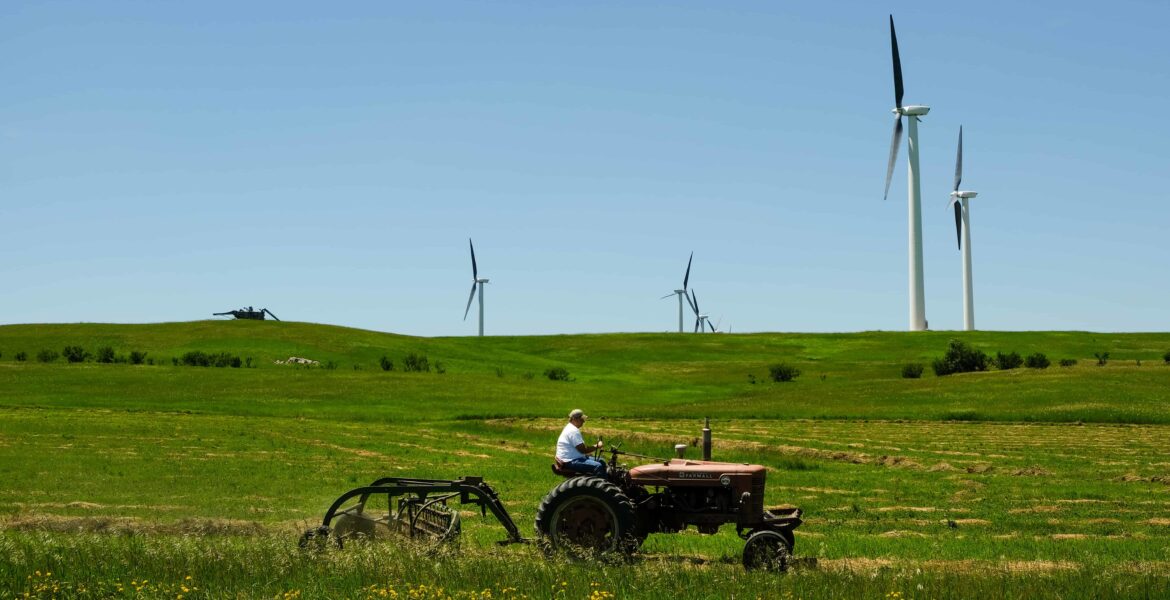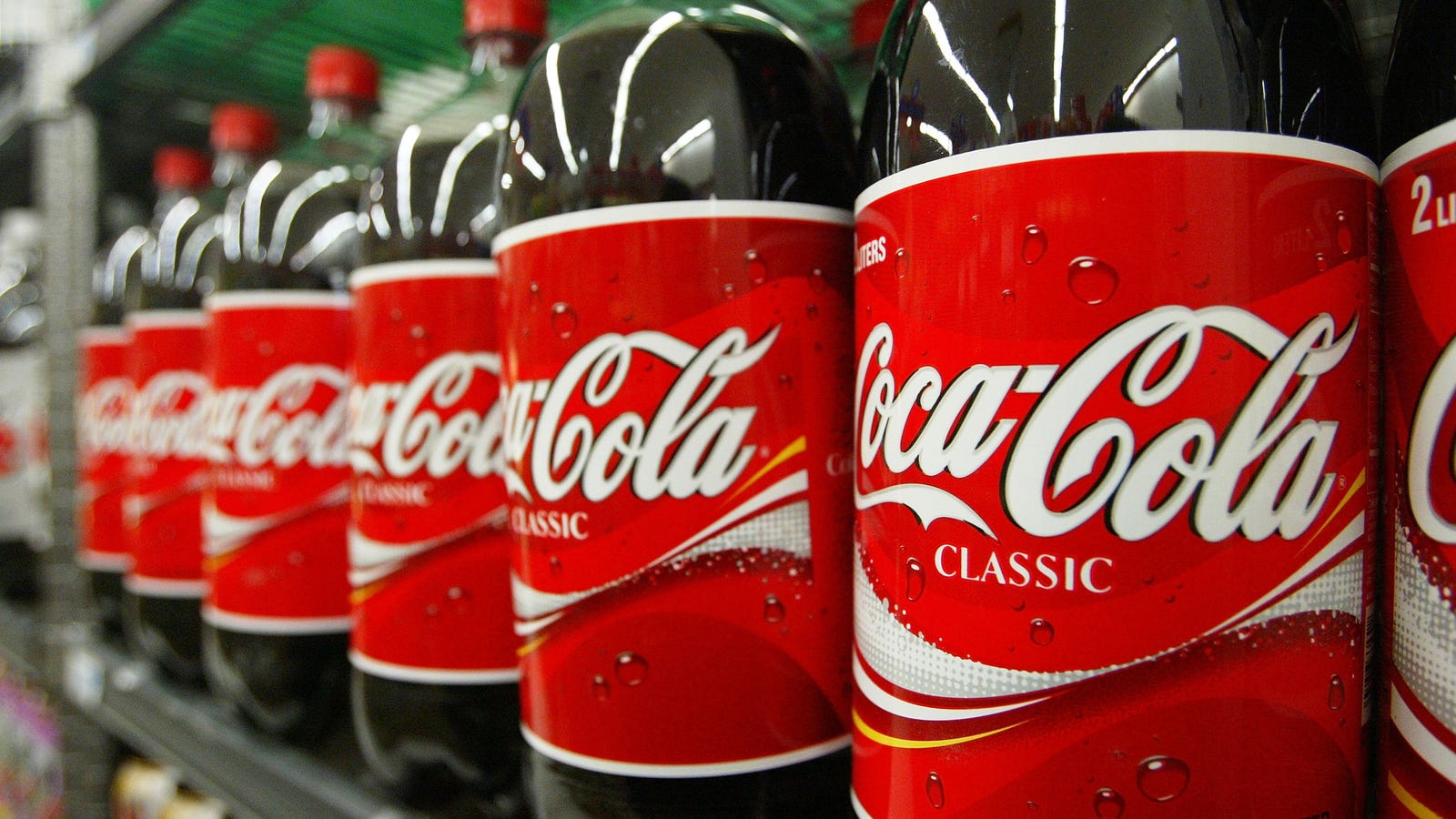“This is not simply an environmental issue. It is an economic issue. The estimates going forward in terms of the size of the prize for countries that are in this game early, developing technologies and deploying technologies that address some of the carbon-related issues, is enormous. It’s been estimated at a $26 trillion opportunity.”
– Environment Minister Jonathan Wilkinson, BNN Bloomberg, Jan. 7, 2020
Catherine McKenna, the previous environment minister, was fond of throwing out massive numbers to show what fighting climate change could mean for the economy. Ahead of a 2016 trade mission to China, she talked about a $23-trillion opportunity. By 2018, that number had jumped to $30 trillion.
Wilkinson, became environment minister after the fall election, is also using that talking about, although he pegs it at $26 trillion.
No matter how many trillions of dollars they mention, it is a lot of money – 15 times Canada’s current gross domestic product.
But is it true? Let’s start with where it comes from.
Environment Canada says the figures are largely drawn from a 2016 report from the World Bank’s International Financial Corporation and a 2018 report from The Global Commission on the Economy and Climate.
READ MORE: Severe weather in Canada cost $1.3 billion in insured damages in 2019
Both cite U.S. dollars in their findings. That’s important, because US$26 trillion is more than $34 trillion on this side of the border.
The figures were also referring to economic benefits over more than a decade, not annually.
The World Bank projected that with the government policies created in response to the Paris climate agreement, the world would see an estimated US$23 trillion in investment opportunities between 2016 and 2030. That included renewable energy, transportation and waste systems in emerging economies such as China, Russia and India.
Helen Mountford, who is the program director of the global commission that produced the report, said the US$26 trillion figure was based on economic models that compared what economic growth would look like between 2018 and 2030 in two scenarios: not doing anything different to grow a clean economy, and doing what is needed to meet the commitments made in Paris.
READ MORE: 2019 was second-hottest year on record, data shows
The 2015 Paris accord aims to cut emissions enough to keep global warming to as close as possible to 1.5 C above pre-industrial times.
“The current path we’re on, the business as usual sort of economic-growth path is going to be $26 trillion less than taking a smart, climate action pathway,” said Mountford, also vice-president for climate and economics at the World Resources Institute. “It’s an economic opportunity we can seize if we put in place ambitious climate policies in a smart way and do it now.”
The figures are also cited in a global context. There is not a $26-trillion opportunity for Canada alone.
Wilkinson does reflect this when he says the opportunities are there for “countries.”
Celine Bak, president of Analytica Advisors and an expert on the business impacts of climate change, said it’s very difficult to assess what Canada’s share of the $26 trillion could be because as far as she knows, there isn’t anyone in Canada working on a model to figure that out.
“I think it’s an accurate statement globally,” she said. “I think it’s to be determined what part of that will be an opportunity for Canada.”
Mountford says the $26-trillion estimate is likely to be an understatement, because it’s hard to assess how quickly the world is going to decarbonize.
Estimates will depend heavily on how quickly governments adopt more stringent climate policies, but also on how business responds.
There are some signs of momentum, and not just on the government side.
In the U.S., investments in sustainable funds quadrupled from 2018 to 2019. The world’s biggest money manager, BlackRock, announced earlier this month that climate change is going to become a key part of investment decisions. It said it will be pulling its money out of coal production entirely.
Last week, Microsoft announced it is shifting to renewable energy entirely by 2025 and will be “carbon negative” by 2030.
That means taking one big step further than achieving net-zero emissions, because it would involve the company taking more carbon out of the atmosphere than it emits.
There are lots of companies preparing to jump on board the trend in Canada too.
Mike Crawley, CEO of Ontario-based Northland Power, said Europe’s recently announced goal to be carbon neutral by 2050 is a big opportunity for his company, which specializes in building offshore wind power. That energy source will play a major role in Europe’s climate plan, where coal remains a significant source of electricity.
Wilkinson is not pulling a number out of the sky when he says there are estimates that action on climate change is a $26-trillion economic opportunity, but there are many other details important to understanding the number.
For those reasons, his claim earns a rating of “a little baloney” – the statement is mostly accurate but more information is required. SOURCE





 © Canoo
© Canoo © Canoo
© Canoo © Canoo
© Canoo Volkswagen ad/Promo image
Volkswagen ad/Promo image






